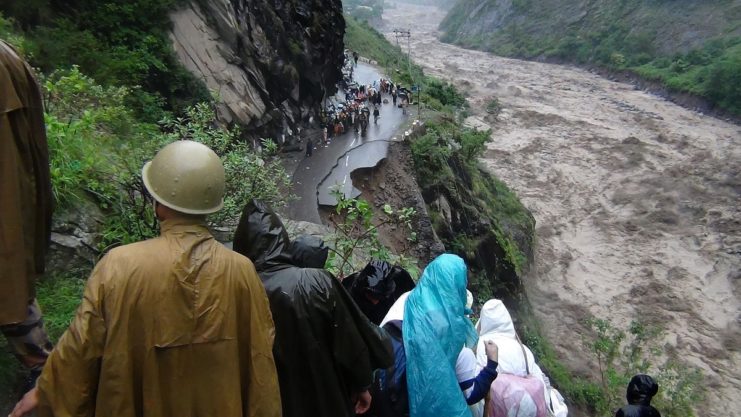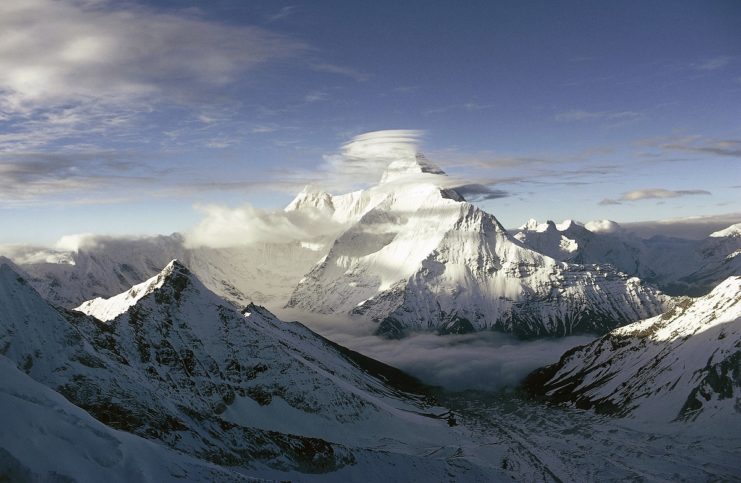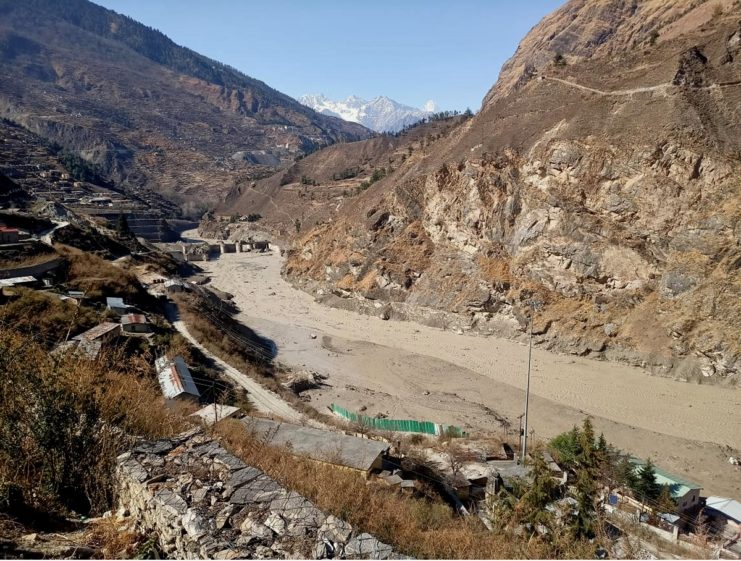Of all the things you don’t want to lose, radioactive plutonium cores are near the top of the list. But this is exactly what the US did in the 1960s. The story involves, unsurprisingly, a secret CIA mission that went awry, resulting in a number of plutonium cores being left in the Himalayas mountains. Today, the cores are still missing and are blamed by many for the recent deadly floods in India’s Himalayas.
The cores were originally used as power sources for nuclear monitoring stations. In recent years villages near where the cores once were positioned have been severely impacted by intense floods, with one at the start of 2021 killing 50 people, and was said to have been caused by a piece of the glacier that dammed a stream. But some say these floods are not caused by nature, but by the plutonium cores in the mountains.

While there is no concrete evidence that the cores are to blame for the recent floods, they certainly did exist and were positioned by a joint US-Indian mission.
Keeping tabs on the Chinese
The Soviet Union was the US’ primary adversary during the Cold War, but up-and-coming China was also on the US’ radar, especially after they detonated their first nuclear bomb. The People’s Republic of China managed to test its first nuclear weapon in 1964 at the Lop Nur testing grounds in China. The bomb produced a yield of 22-kilotons, compared to the 16-kiloton bomb dropped on Hiroshima.
With China now a nuclear power and experimenting with missiles, the US was desperate to find out what they were dealing with. However, China’s test site was far from any country friendly to the US, so they had to resort to spying from the Himalayas.
The CIA approached India and made an offer to gather intelligence together, which India accepted, having recently been at war with China.
The two countries would spy on Chinese nuclear weapons tests with devices powered by plutonium cores. Power was generated by using the waste heat from the decaying plutonium. NASA has used similar methods to power Mars rovers.
In 1965 a team comprised of Indian and US intelligence personnel climbed Nanda Devi, the tallest mountain located entirely in India, with a height of 25,000 feet.

Unfortunately, the climb was plagued with trouble, most notably the weather, and the mission was abandoned. The team was unable to install the device and left it on the mountain with the intention of returning the following year to finish the job.
When they eventually did return, they were unable to locate the device. Subsequent missions made more attempts to recover the missing sensor and its radioactive fuel, but it wasn’t found. To this day the location of the device is unknown.
Environmental hazards

The story first became public in 1978, and the Indian government had to release a statement backed up by a scientific committee to convince the locals that the device posed no danger. Despite this, rumors have circulated ever since that the plutonium-238 inside the device is an environmental disaster waiting to happen.
Many fear that should this happen, the Ganges River will be poisoned by radioactive contamination.
These worries were given credence in recent years as the region around Nanda Devi has been subject to intense flooding. In 2021 floods in the Nanda Devi National Park resulted in over 200 people missing or killed. Initially, the disaster was thought to have been caused by a large portion of glaciers breaking off and releasing water held by the ice.
Many locals believed that the glacier was affected by the plutonium core that has been missing since the 1960s, resulting in major flooding. In June 2021 it was announced that the floods were caused by an enormous ice and rock avalanche.
While many are fearful of the plutonium left in the mountains, the chances of it causing any environmental damages are believed to be rather small. The half-life of plutonium-238 is 88 years, and it was left in the Himalayas over 50 years ago. If the lost plutonium was capable of a large-scale environmental disaster it probably would have caused noticeable harm long ago. In addition, its heat-generating ability is significantly less than it was decades ago.
Currently, there is still pressure on the US and India to find the radioactive materials on Nanda Devi, which has since been declared a UNESCO World Heritage Site.
